In the contemporary world of agriculture, the integration of Internet of Things (IoT) technology is guiding farmers towards sustainable and eco-friendly farming practices. “The Eco-Farm Guide” is your comprehensive resource for understanding how IoT is transforming farming, promoting sustainability, and reshaping the way we cultivate our land.
1. IoT’s Crucial Role in Agriculture
IoT acts as a bridge between traditional farming methods and cutting-edge technology. By deploying IoT sensors and devices throughout the farm, farmers gain access to real-time data on soil health, weather patterns, and crop growth. This data empowers them to make data-driven decisions that enhance both productivity and sustainability.
2. Precision Agriculture: The Heart of IoT Farming
Precision agriculture, a cornerstone of IoT in farming, uses data to make farming more precise and controlled. IoT technologies enable farmers to precisely manage resources such as water, fertilizers, and pesticides. This not only optimizes crop yields but also reduces waste, aligning with eco-friendly farming practices.
3. Data-Driven Decision-Making
The transformative potential of IoT in agriculture lies in its data analytics capabilities. By analyzing data collected from IoT devices, farmers gain valuable insights into crop performance, soil health, and environmental conditions. These insights drive proactive and informed decision-making, leading to more sustainable and efficient farming practices.
4. Sustainable Resource Management
IoT plays a pivotal role in sustainable resource management in agriculture. Smart irrigation systems, for instance, use soil moisture data to optimize water usage, reducing waste and conserving this precious resource. Additionally, IoT-driven pest control strategies minimize the need for harmful chemicals, promoting eco-friendly farming practices.
5. A Glimpse into the Future
As IoT technology continues to evolve, its potential in agriculture is boundless. Future innovations may include AI-driven predictive analytics, autonomous farming equipment, and advanced sensors. These advancements will further enhance sustainability and efficiency in farming practices.
In conclusion, “The Eco-Farm Guide” represents the convergence of technology and sustainability in agriculture. Through the integration of IoT, we are ushering in an era of smarter, more efficient, and eco-conscious farming. As farmers embrace IoT, the future of agriculture looks promising, with a strong focus on sustainability and environmental stewardship.
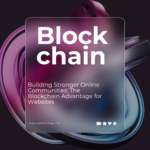
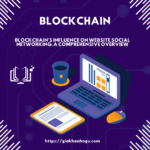





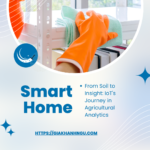


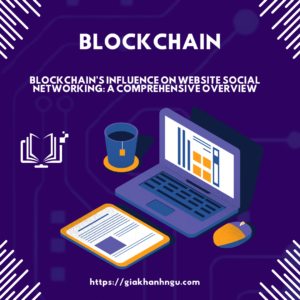
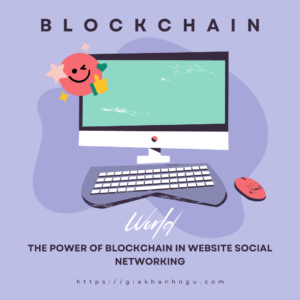

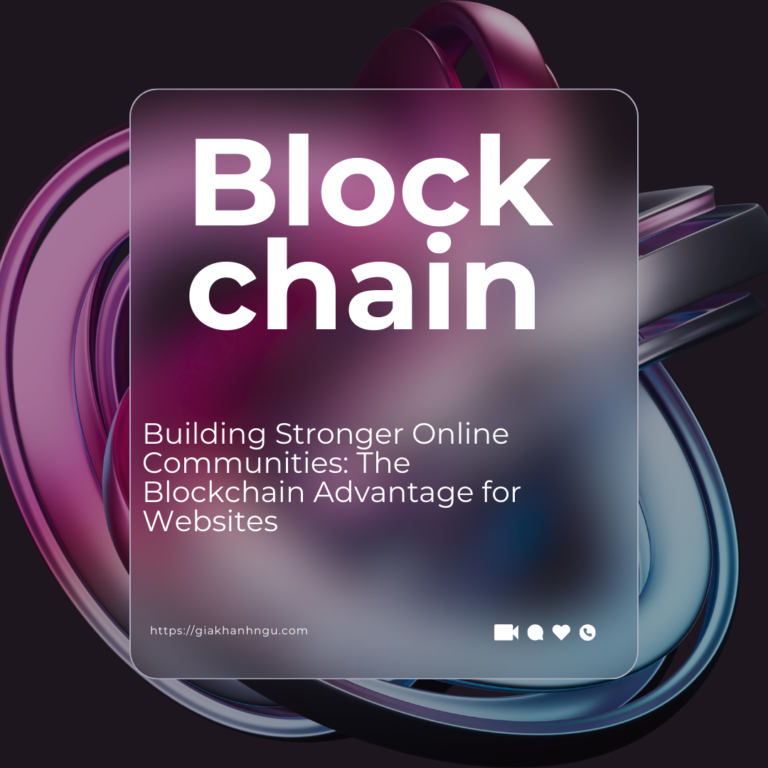


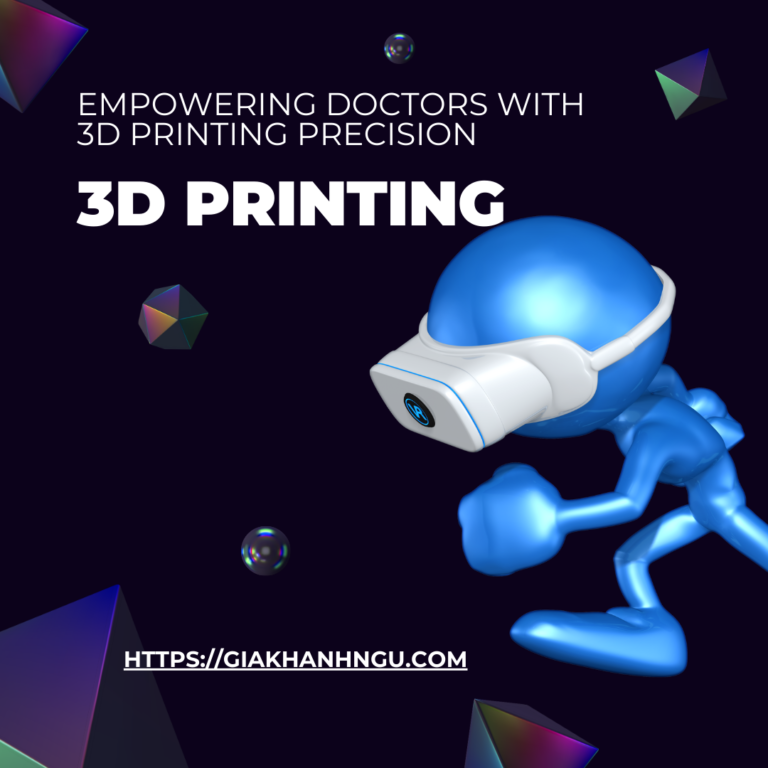



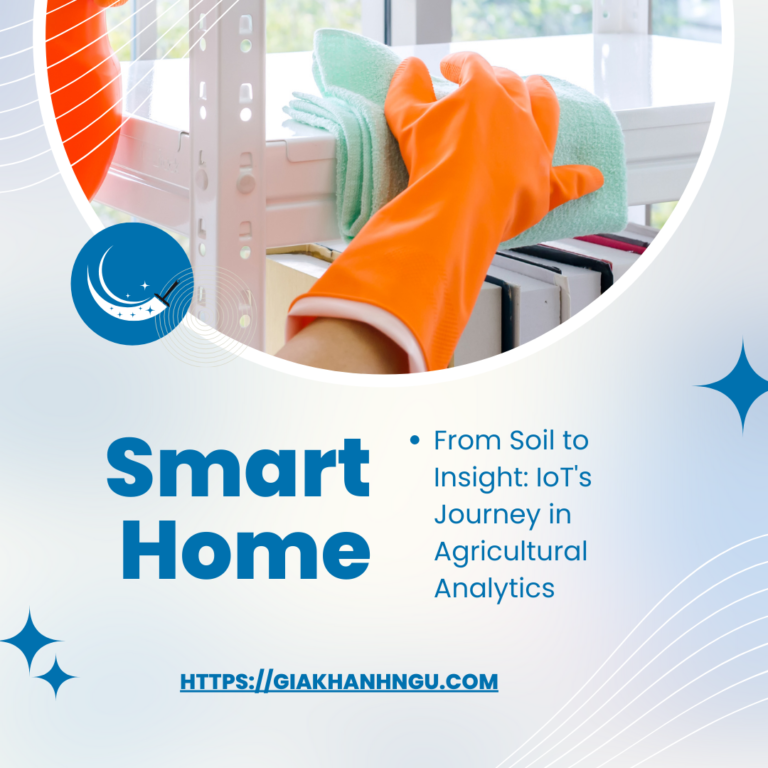
+ There are no comments
Add yours